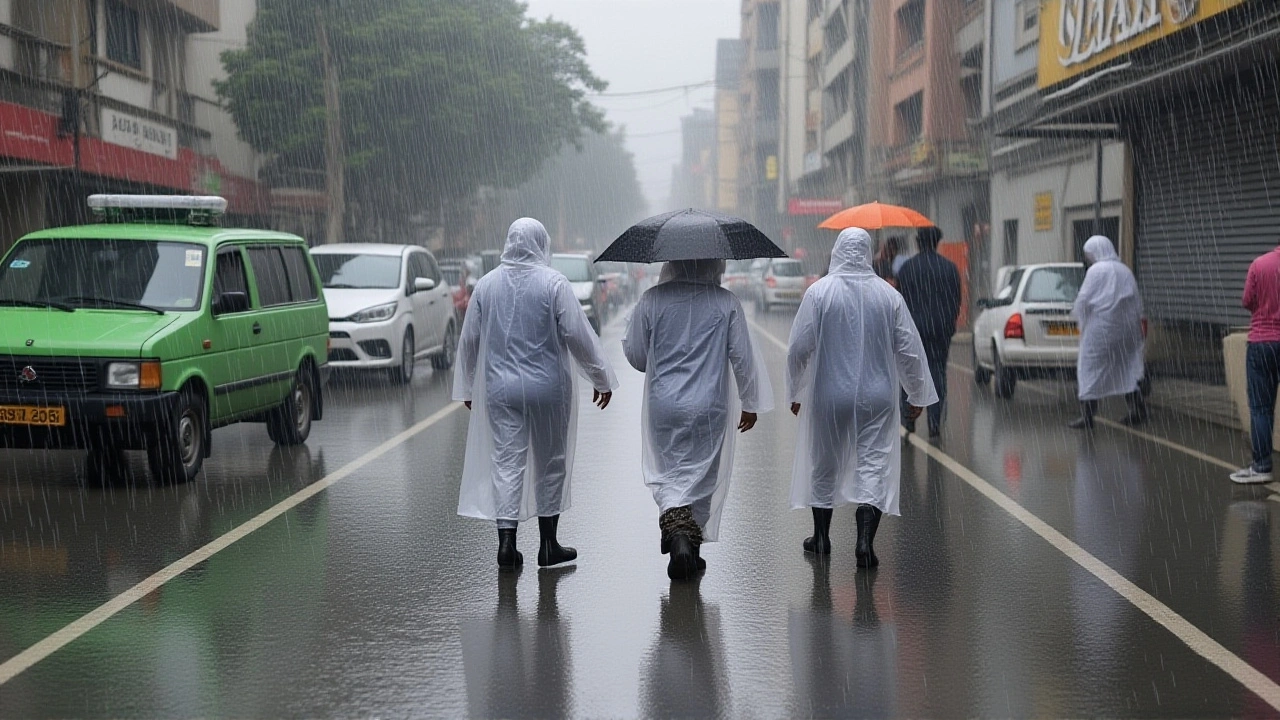Rain isn’t just water falling from the sky – it’s the lifeline that keeps game farms buzzing with wildlife, keeps grasses lush, and fuels rivers that animals depend on. If you own a farm, work on conservation, or just love safari stories, you’ll want to know what the clouds are doing. Below you’ll find practical info on why rain matters, the recent patterns we’ve seen, and what you can do to stay ahead.
First off, rain drives the whole food chain. When it rains, grasses grow fast, herbivores get the bite they need, and predators follow. A dry spell means thinner grass, thirsty elephants, and even sick cattle. It also affects water holes – the few natural pools that become gathering points for animals. In dry years, those spots shrink, leading to crowding and higher disease risk.
Second, rain influences vegetation types. Some plants need consistent moisture, while others thrive on seasonal floods. On a farm with mixed habitats, a shift in rainfall can turn a savanna into a more wooded area, or vice‑versa. That change can attract different species and push out others, affecting biodiversity goals.
Finally, rainfall links directly to tourism income. Visitors love green landscapes and abundant wildlife. A well‑timed rainy season can bring spectacular bird migrations and newborn animal displays, which boost guest numbers. Conversely, extended droughts can lower sightings and hurt bookings.
Over the past year, satellite data shows a patchwork of wet and dry zones across southern Africa. The Kruger region saw a 15% above‑average total, sparking a boom in young antelope. Ranchers there reported healthier herds and fewer predator‑prey conflicts because prey could spread out.
In contrast, the arid parts of Botswana experienced a below‑average season. Water holes dried up earlier, forcing elephants to travel longer distances. Some game reserves responded by installing temporary pumps, a move that kept herds alive but added to operating costs.
North‑east Kenya observed erratic rains – short, heavy bursts followed by long dry spells. This pattern stressed the mopane woodlands, causing leaf loss that impacted browsers like giraffes. Conservation teams are now planting drought‑tolerant tree species to buffer future swings.
What does this mean for you? Keep an eye on local weather forecasts and regional climate reports. Many NGOs publish monthly rainfall maps that are easy to read. If you notice a shift, consider adjusting grazing schedules, opening supplemental water points, or planning controlled burns to manage fuel loads.
In short, staying informed about rainfall helps you protect wildlife, keep your farm productive, and offer guests unforgettable experiences. The next time clouds gather, remember it’s more than a pretty view – it’s a signal that guides the whole ecosystem.

IGAD and Kenya's meteorological service warn of below‑normal rains and hotter temps across the Horn of Africa’s short‑rain season, urging early warnings and regional cooperation.
Read More >>